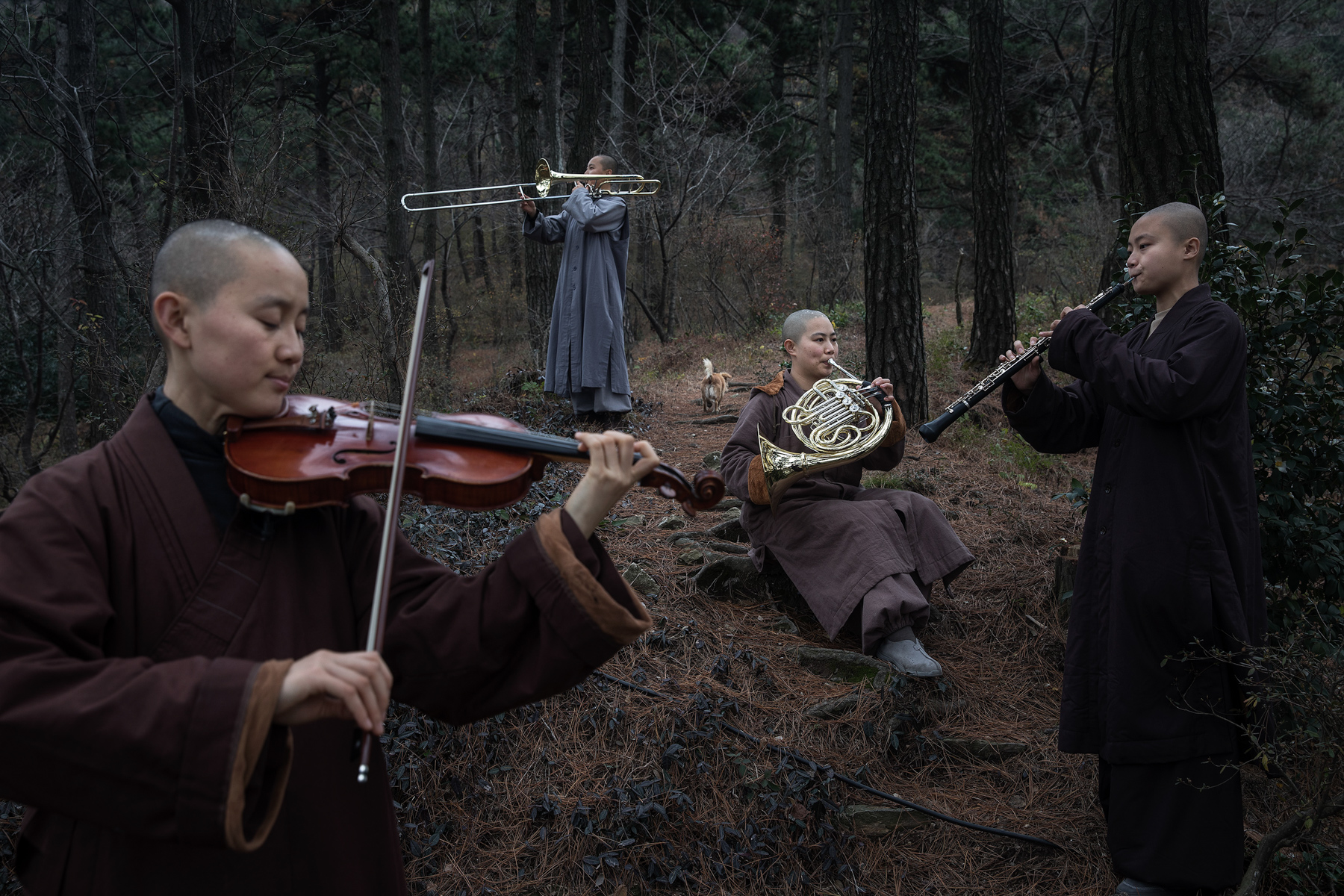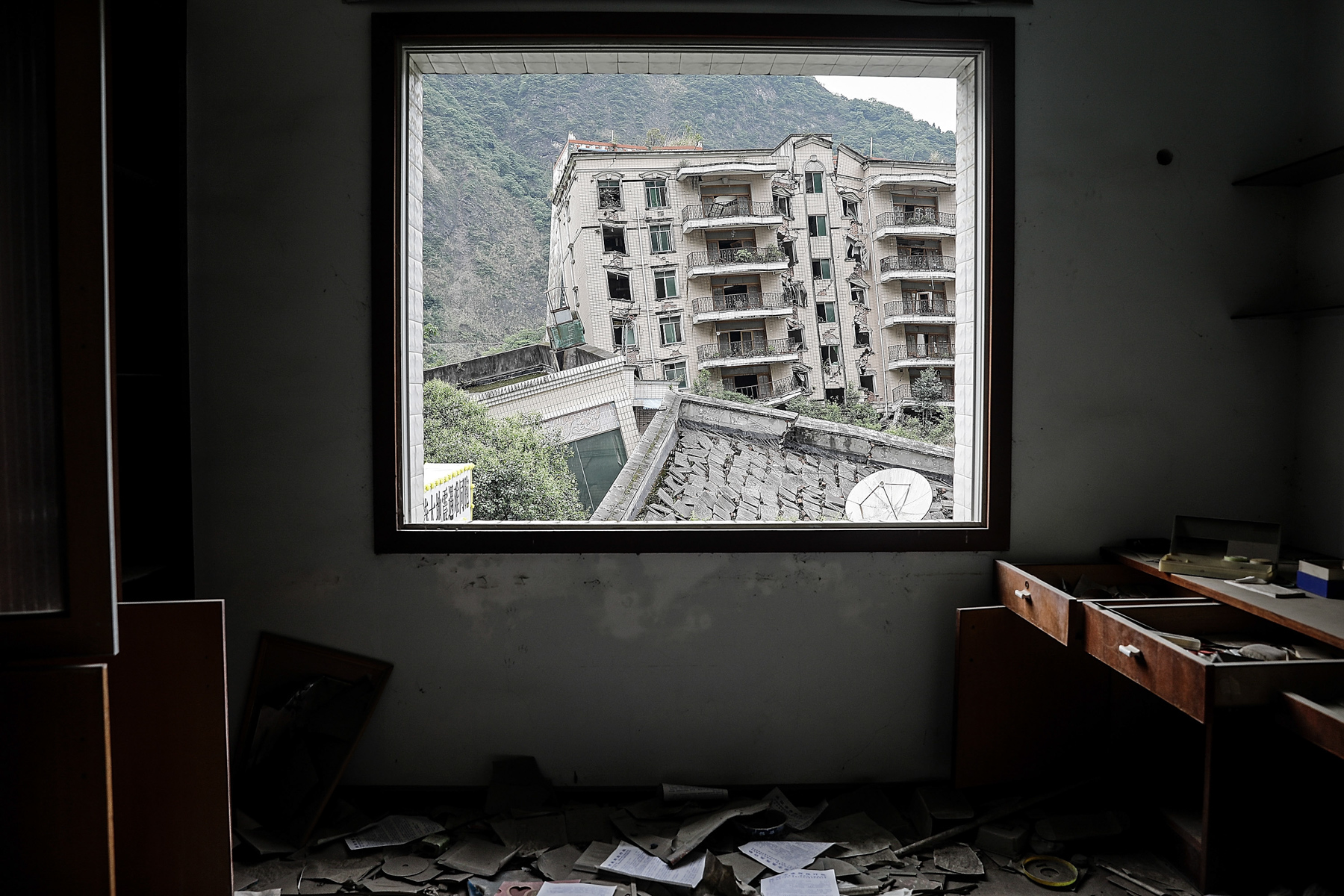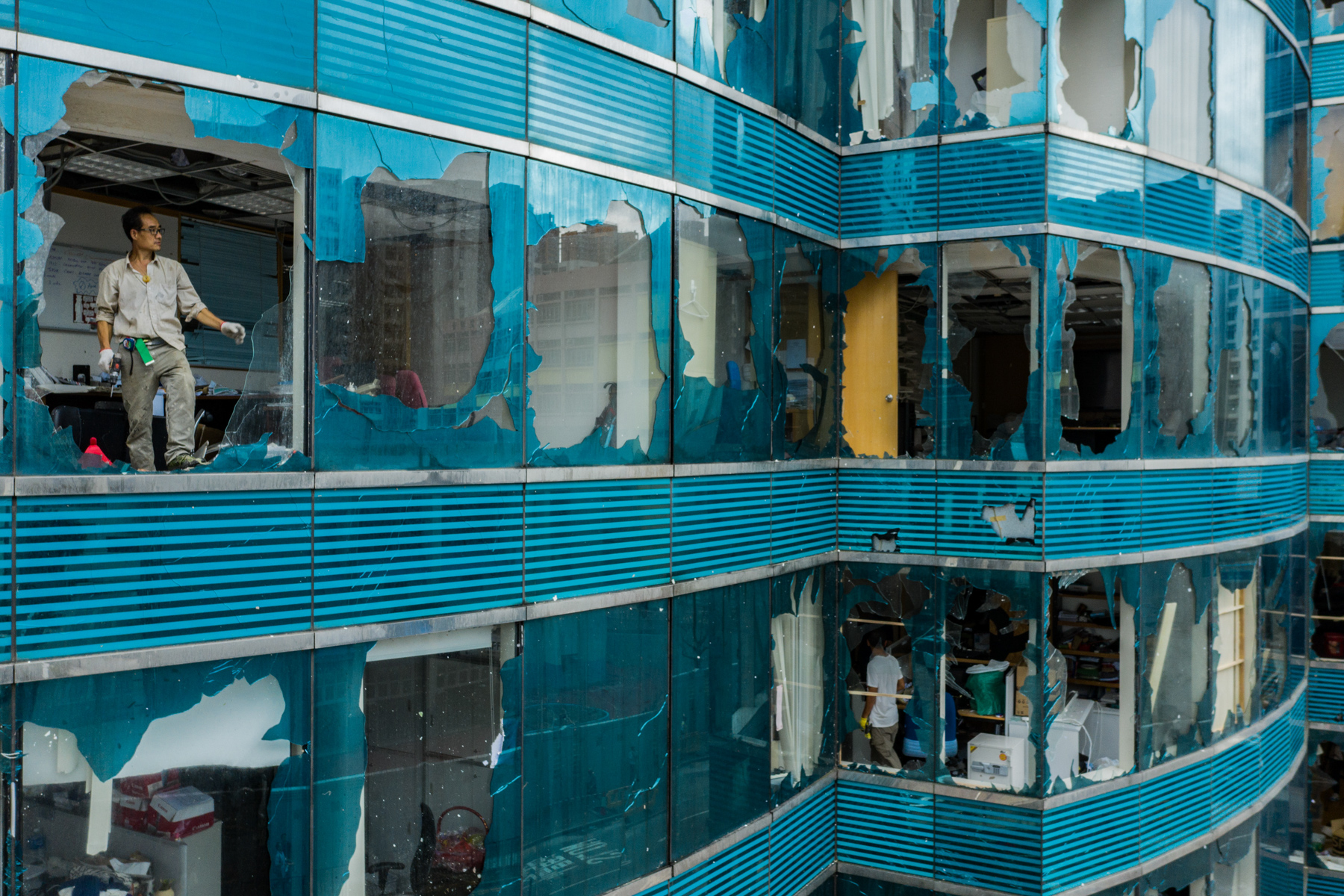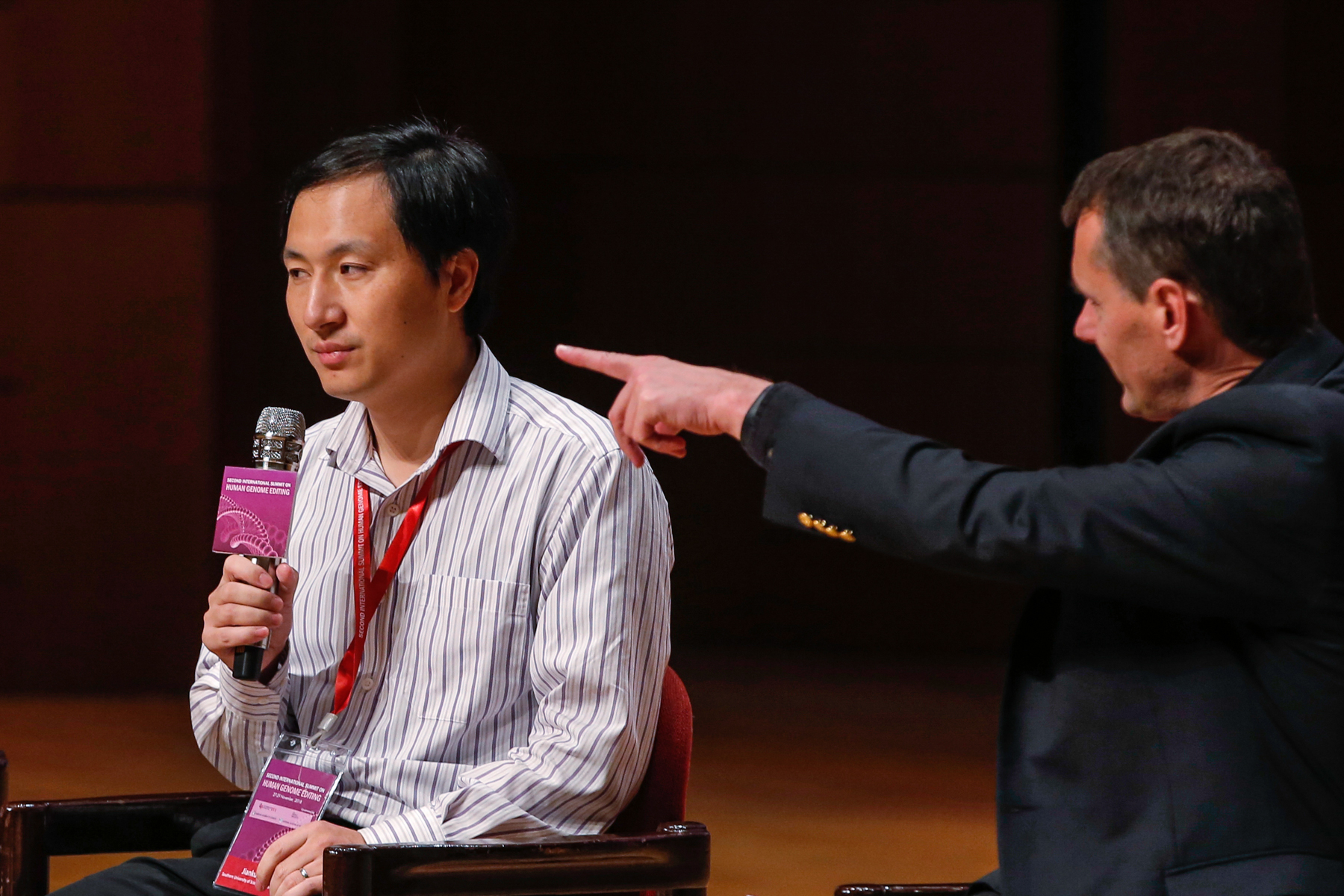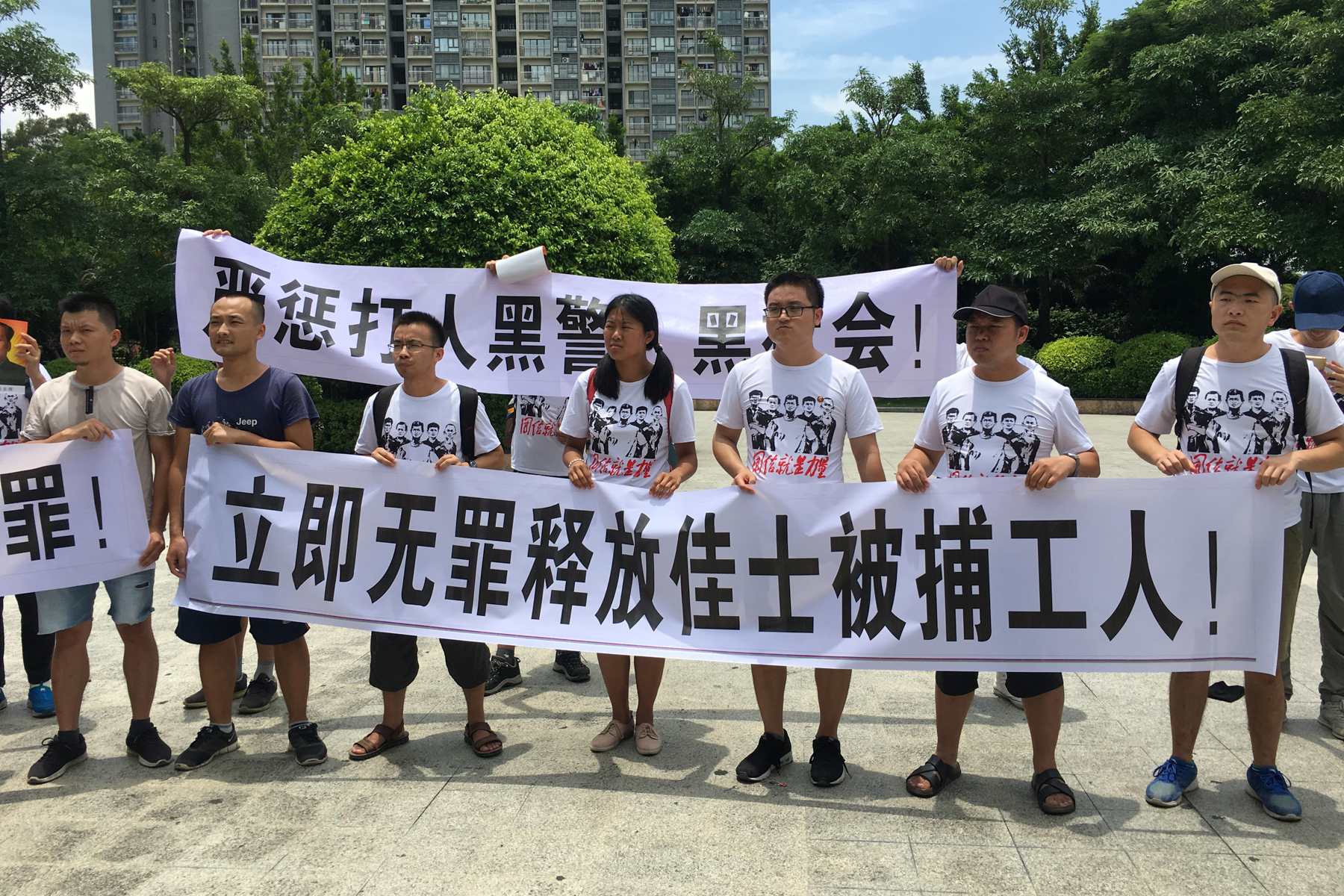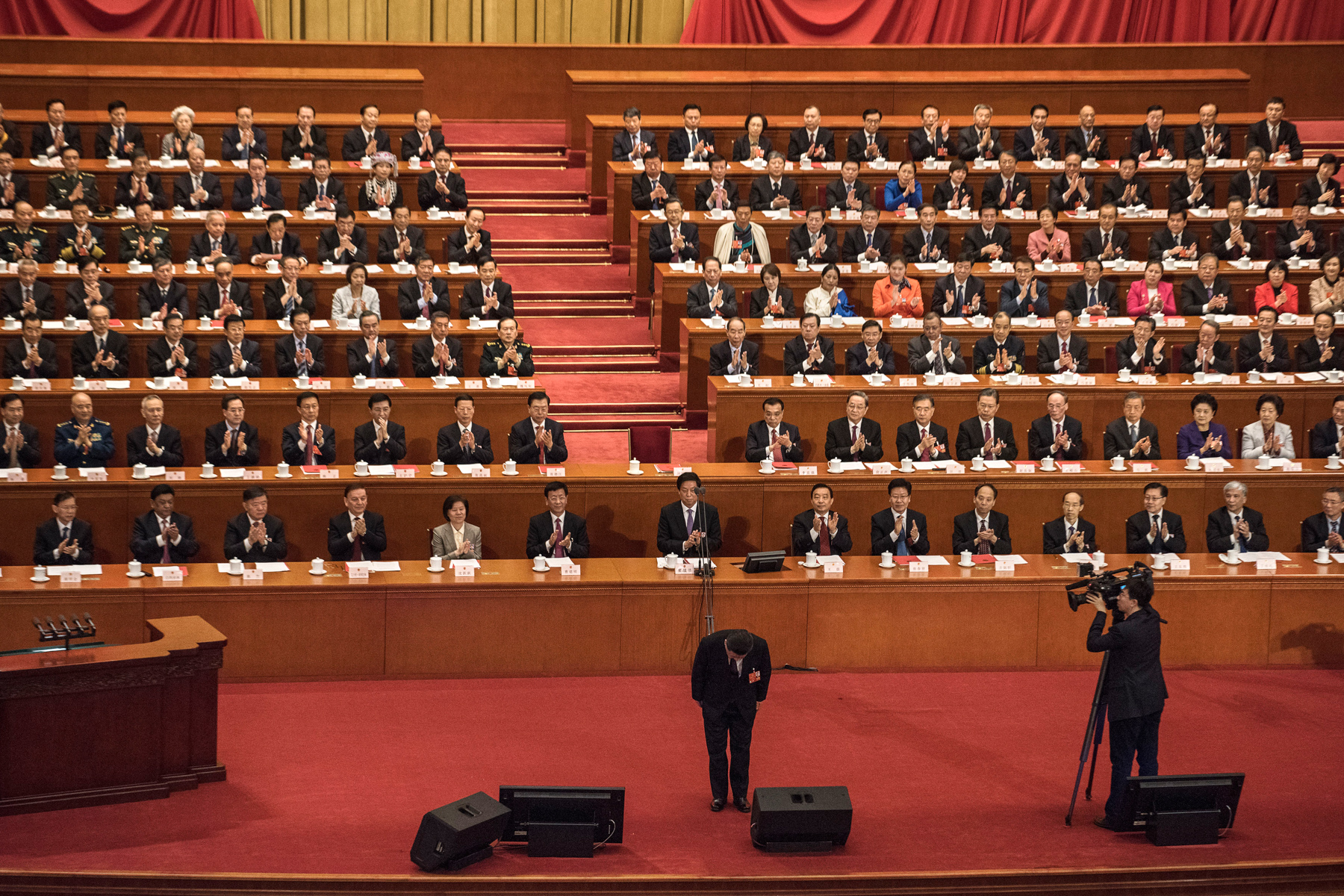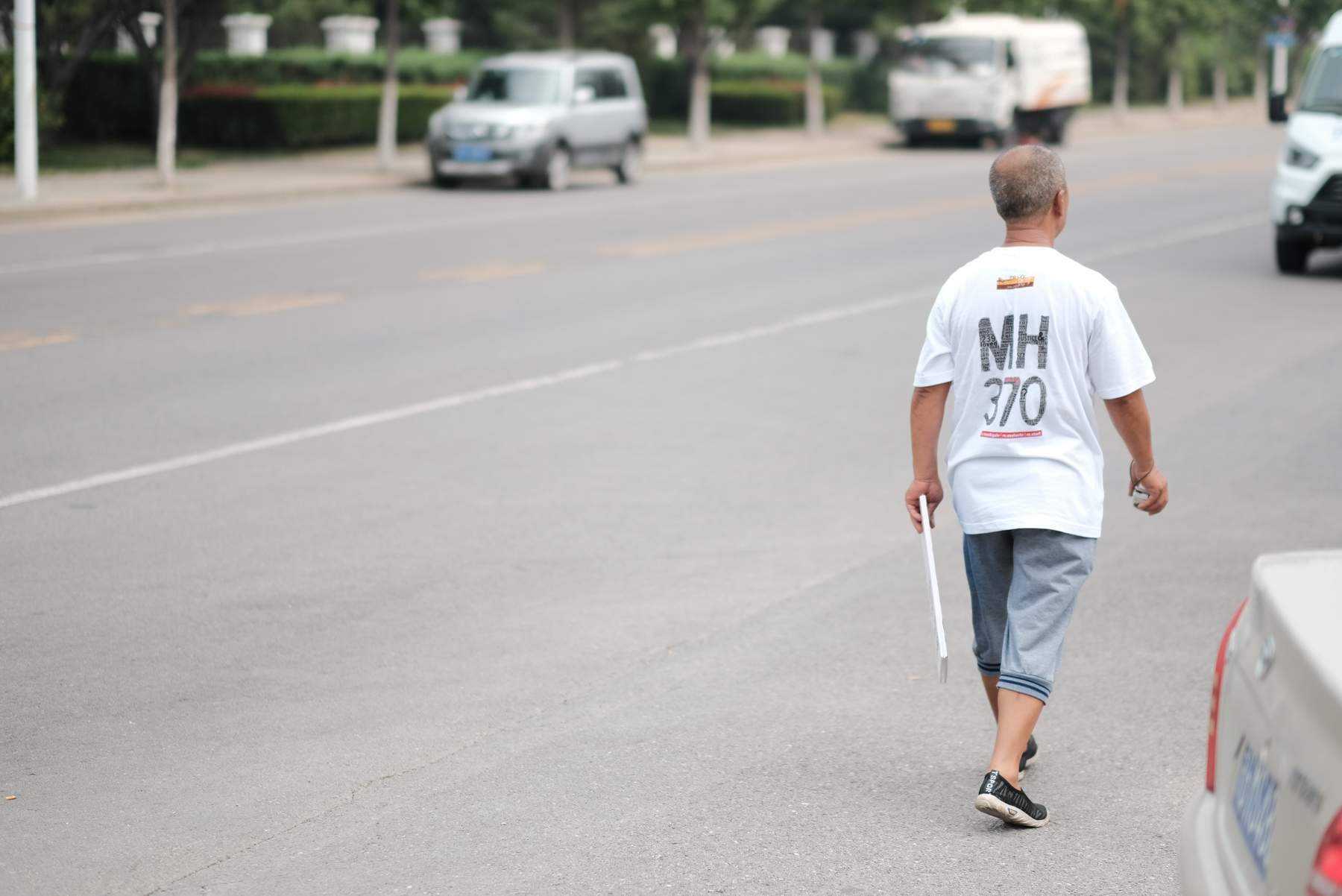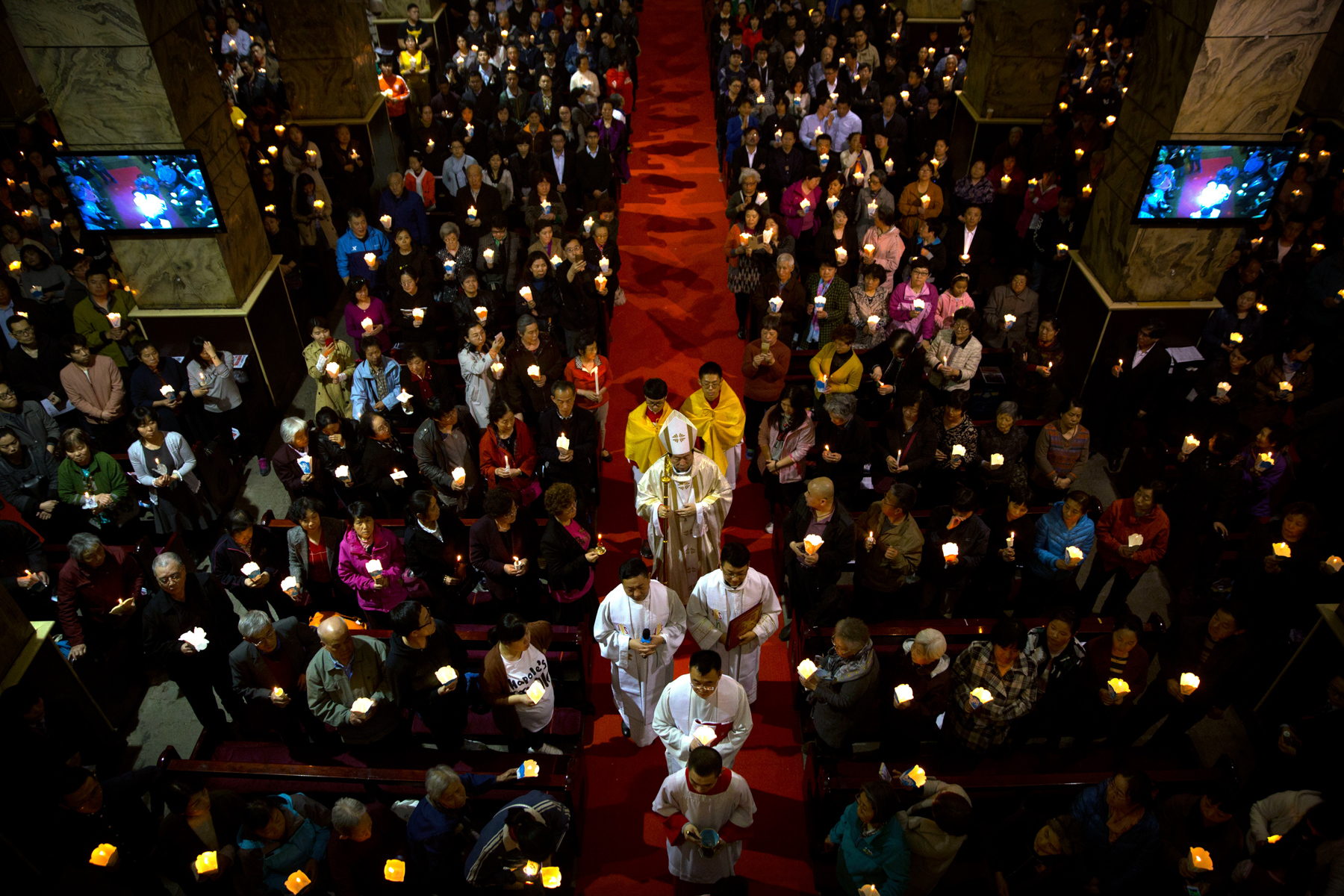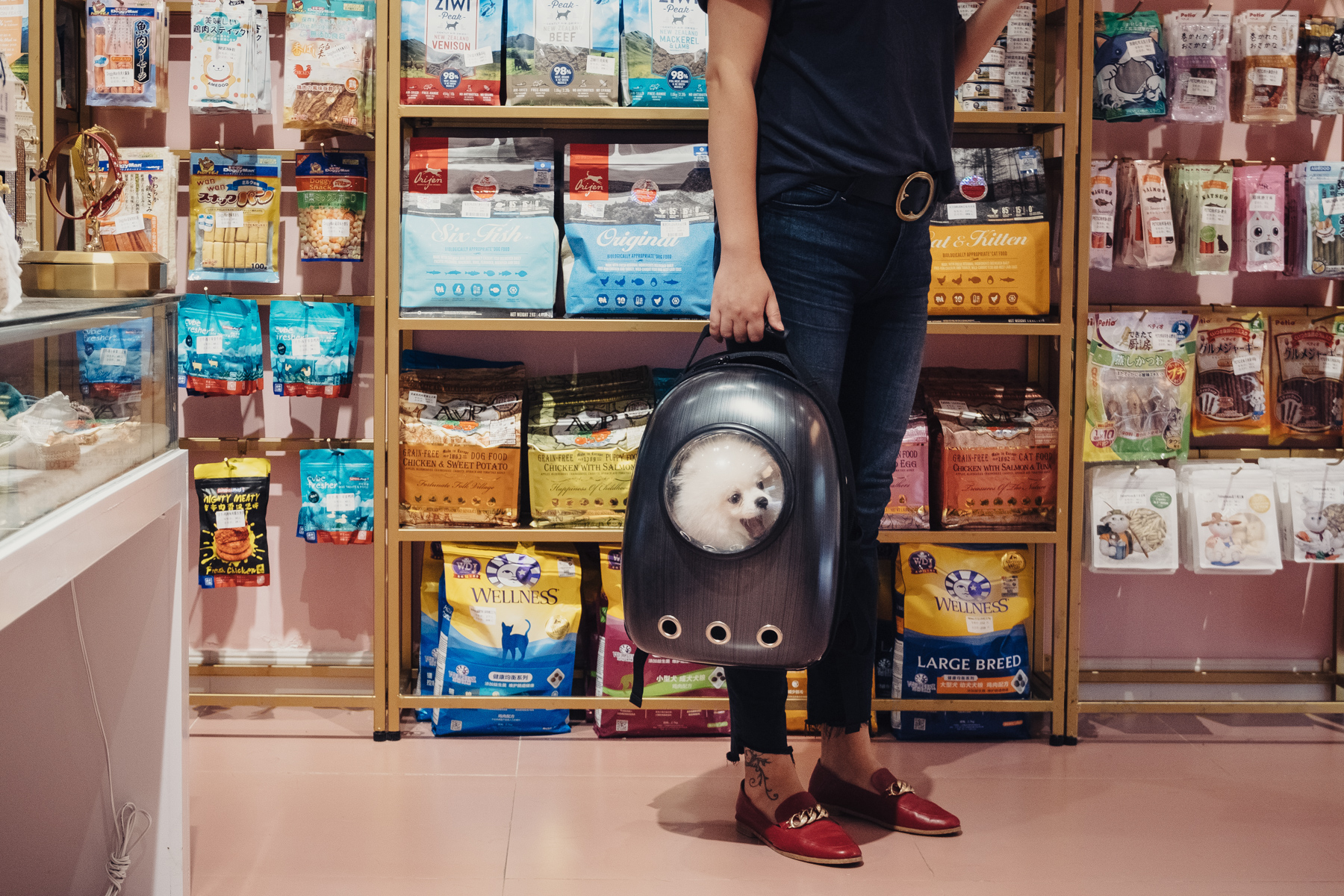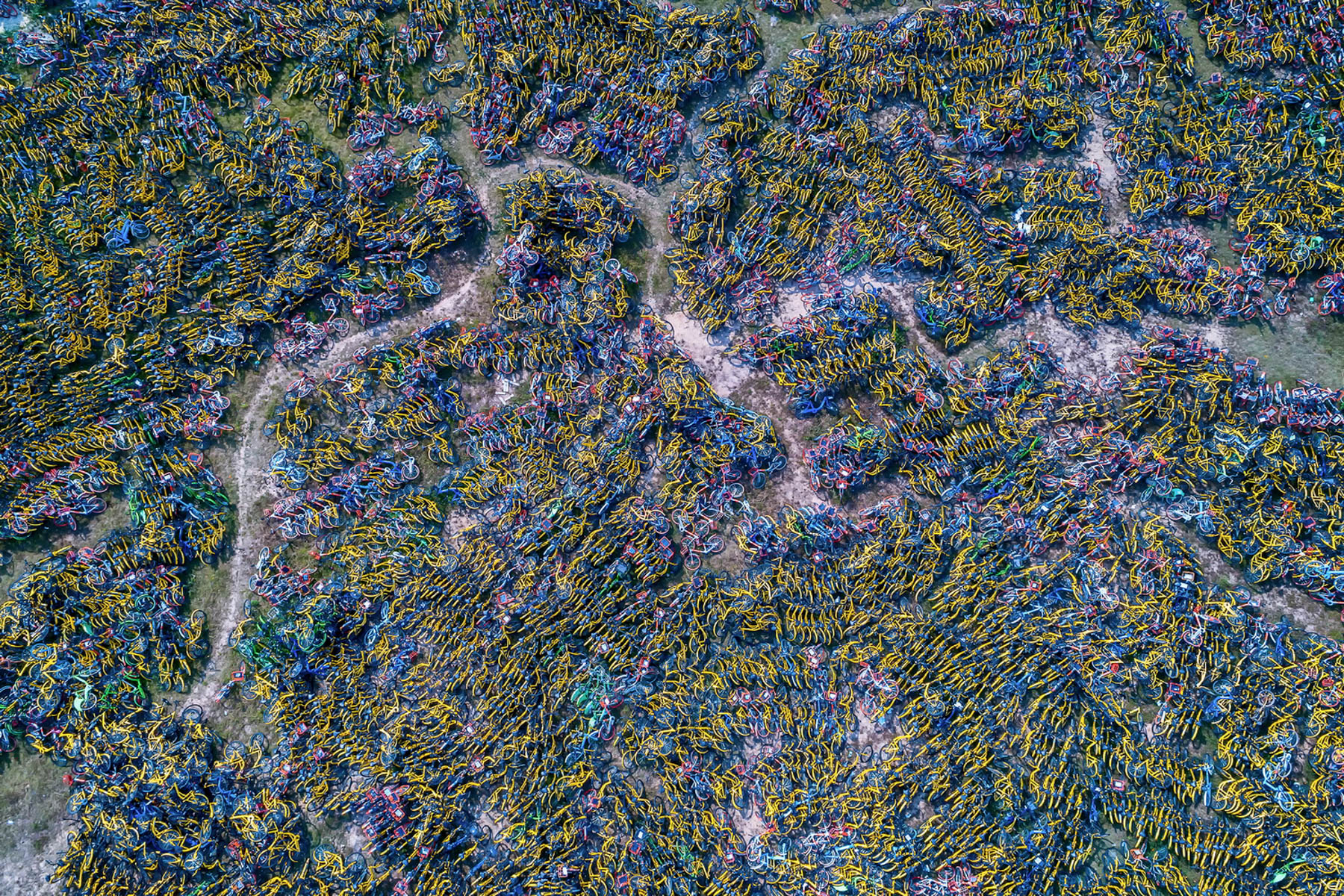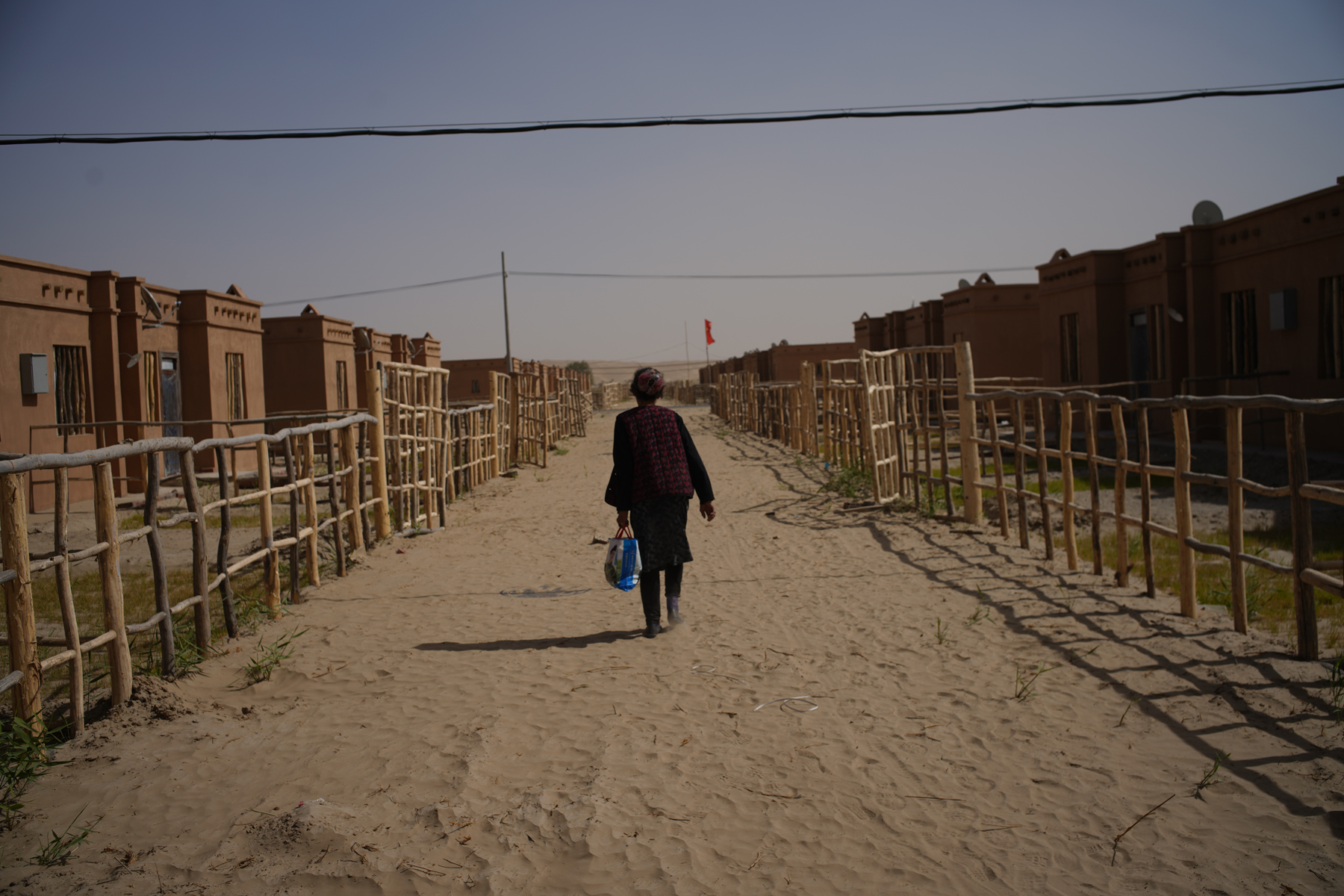Cut Chives
The Year in Pictures
2018 gave us many opportunities to look back at China’s past—the tenth anniversary of the Sichuan earthquake and the Beijing Olympics, the 40th year since the country began its policy of Reform and Opening. This year also brought changes that thrust the familiar, very suddenly, into history—the only greyhound racing stadium in Asia was shut down, ending its five-decades long operation; the peer-to-peer lending industry collapsed under regulation after years of explosive popularity, leaving tens of thousands users bankrupt; and China entered a trade war with the U.S. 17 years after earning a seat in the WTO.
Stories already in motion as the year began suddenly appeared more prominent: the development of Belt and Road Initiative, a still-escalating crackdown on freedom of religion and of the press, domestic and international concerns about the high-tech sector, and the mainland government’s tightening control over Hong Kong.
Across China individuals took actions in an attempt to right past wrongs—one brave woman after another came forward to bring #Metoo to China; daughters abandoned during the one-child-policy era decided to search for their families; a man who lost his wife and children tried to find peace in Buddhism. Someone coined the term gejiucai—“cut chives”—to describe the many things about China that return, even after they’ve been sliced away. Gejiucai, spread like a weeds on China’s internet, appearing in discussions of corruption’s resurfacing in the wake of a crackdown. But the label was also used on Chinese citizens themselves, who even, and perhaps especially, when thwarted—by fickle markets, or fraudulent schemes, or unreliable politicians—sprout new hope and keep coming back for more. —Muyi Xiao




